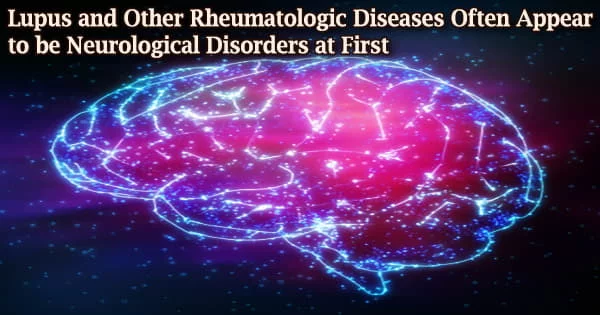Quantum computing is a branch of computing that uses quantum mechanics concepts to execute complicated calculations at rates that are currently impossible with classical computers. This technology has the potential to transform several industries, including medicine and healthcare.
Researchers have identified a novel technique to target and destroy cancer cells in difficult-to-treat brain tumors by utilizing electrically charged molecules to cause self-destruction, which might be evolved into a spray treatment used during surgery.
A multidisciplinary team of researchers from the University of Nottingham, led by the School of Pharmacy, discovered a new way to harness the extraordinary capabilities of bio-nanoantennae – gold nanoparticles intricately coated with specialized redox active molecules – to induce programmed cell death, or apoptosis, in cancer cells when stimulated electrically. The findings were reported today in Nature Nanotechnology.
Treating Glioblastoma tumors has long presented challenges for clinicians, and prognosis for patients is still poor, which is why any research showing the promise of a new effective treatment is hugely exciting.
Dr. Ruman Rahman
The study focuses on Glioblastoma cells obtained from patients, an elusive and formidable form of brain cancer that has long eluded effective treatment. Glioblastoma has a five-year survival rate of only 6.8%, and the average length of survival for patients is predicted to be only 8 months from diagnosis.
The bio-nanoantennae were able to target glioblastoma cells while leaving healthy cells alone. This exceptional level of accuracy opens up new avenues for creating Glioblastoma treatment after surgical removal of the tumor, when the bio-nanoantennae are sprayed or injected.
The researchers, who involved experts from the Schools of Engineering, Physics, and Medicine, have created what is thought to be the first ‘quantum therapy,’ which harnesses the power of quantum signaling to fight cancer.

Dr. Frankie Rawson, who headed the study, said, “The team demonstrated that cancer cells succumb to the intricate dance of electrons orchestrated by the enthralling world of quantum biology.” With the introduction of bio-nanoantennae, this vision of real-world quantum therapeutics is becoming a reality. These clever nanoparticles create a symphony of electrical signals that trigger the cancer cells’ intrinsic self-destruction mechanism by precisely controlling quantum biological electron tunneling.”
The team has recently received MRC impact accelerator funding and has filed a patent in order to begin converting the technology to this ultimate clinical application. Additional thorough study and validation are required to assure the safety and efficacy of bio-nanoantennae for human application.
“Treating Glioblastoma tumors has long presented challenges for clinicians, and prognosis for patients is still poor, which is why any research showing the promise of a new effective treatment is hugely exciting,” says Dr. Ruman Rahman of the School of Medicine. This research has demonstrated the possibilities afforded by quantum therapies as a new technique for communicating with biology. The combination of quantum bioelectronics and medicine gets us one step closer to a new disease treatment paradigm.”
















